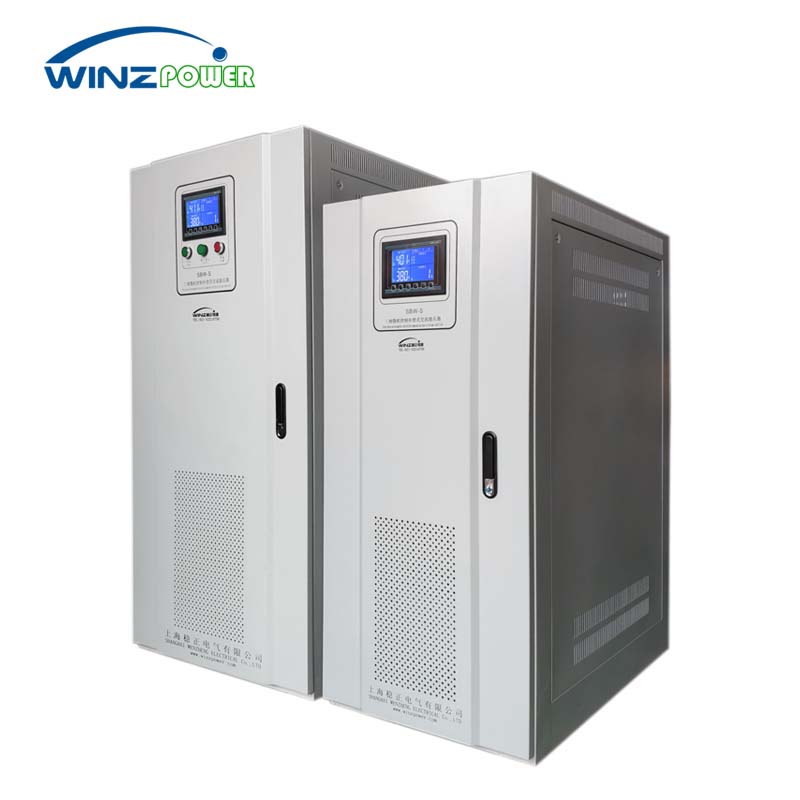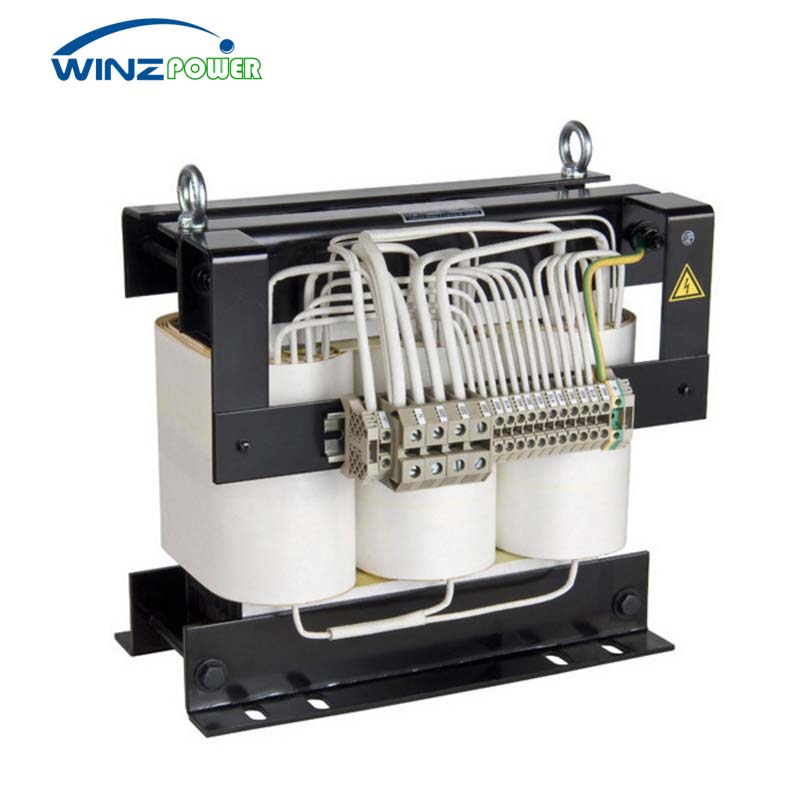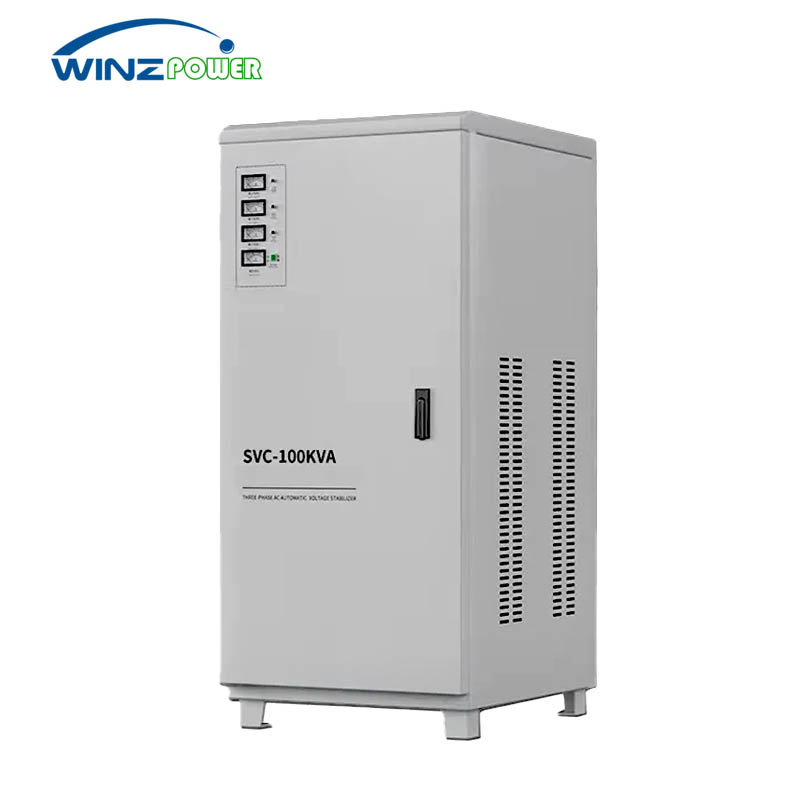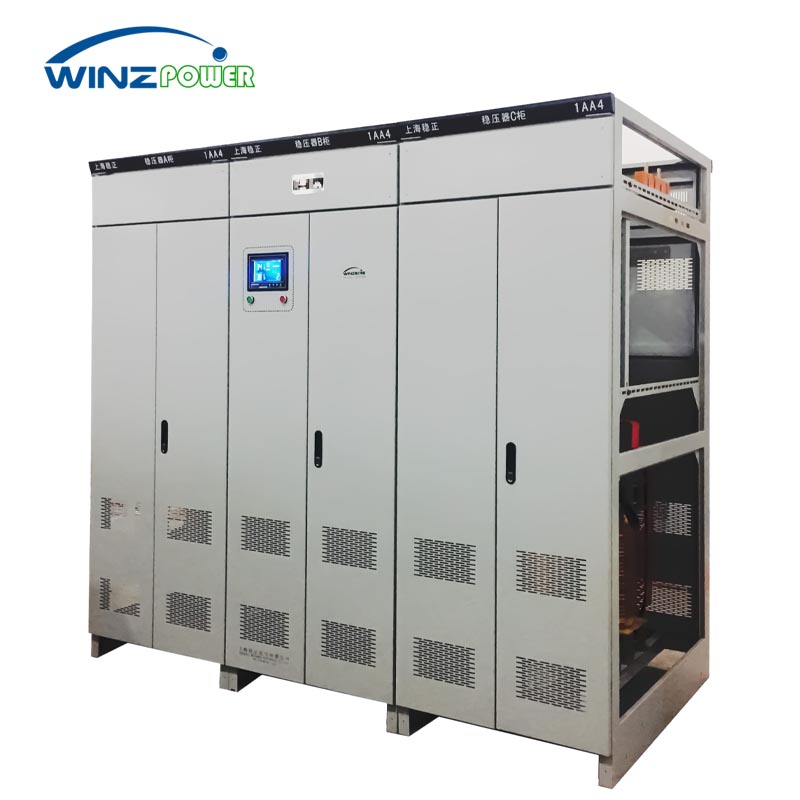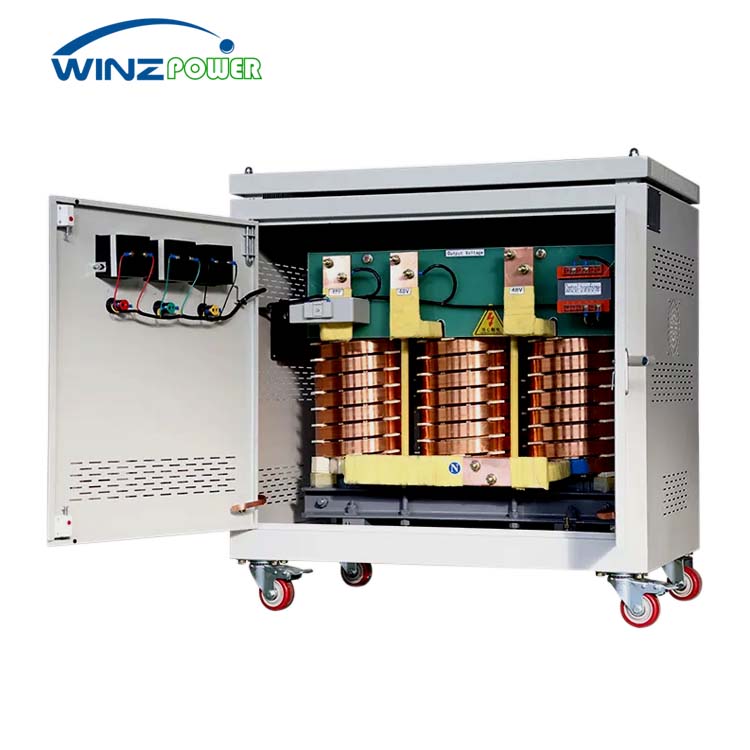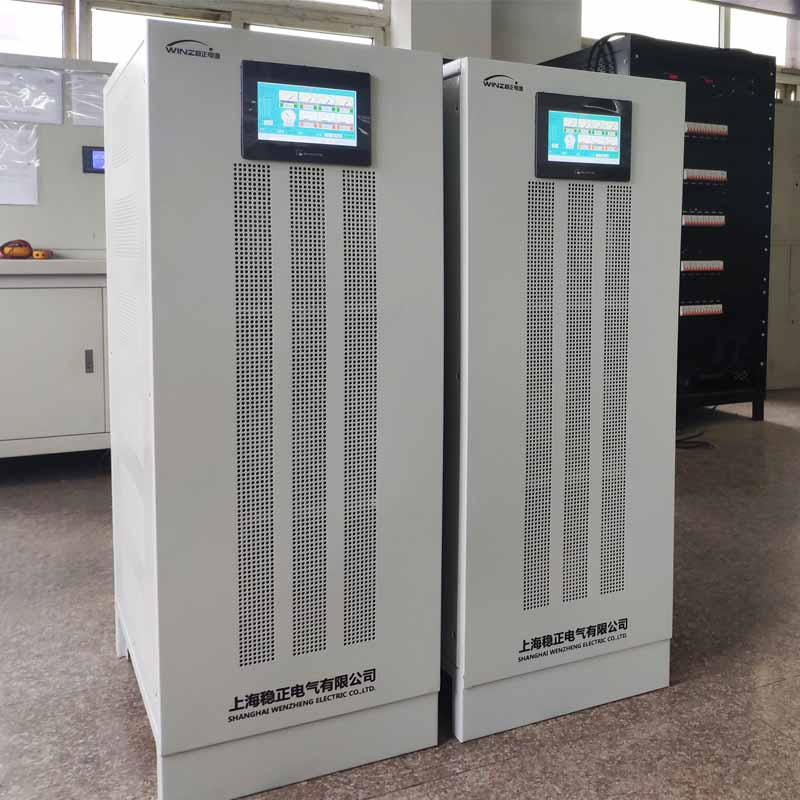News
Why do AHF systems require two sets of transformers during on-site installation, modification, or upgrade?
Detailed explanation of the current transformer connection method of AHF.

To understand the use of two AHF transformers, we first need to explain AHF sampling requirements:
AHF current sampling must be performed on the load side. Load-side sampling means that the sampled current should not include the harmonic currents generated by the AHF itself. However, some sites don’t have the option of sampling on the load side. For example, some sites can only install the AHF at the end, requiring grid-side sampling. Grid-side sampling means that the sampled current includes the harmonic currents generated by the AHF itself. In this case, grid-side sampling does not meet the AHF sampling requirements (the AHF cannot collect its own harmonic currents). Therefore, the solution for sampling on the system side is to find a way to subtract the harmonic currents generated by the AHF itself. There are two methods for subtracting the current:
1. Using the AHF to perform internal subtraction, since the AHF itself knows the amount of harmonic current it generates. The advantage is that only one set of transformers is required. The disadvantage is that this subtraction is performed using a software algorithm, which can easily cause ring current resonance when multiple units are connected in parallel, resulting in poor stability.
2. Use external sampling and subtraction. As shown in the figure below, install a set of current transformers of equal size and opposite direction (two sets of transformers are shown in anti-parallel connection below) to collect the current, and then directly connect them in parallel to perform physical subtraction. The advantage is high reliability and physical subtraction. The disadvantage is that an additional set of transformers is required to collect the current of the AHF itself.

AHF CT connection

